The World Health Organization promotes quackery yet again
Science Based Medicine
AUGUST 21, 2023
The World Health Organization held the First WHO Traditional Medicine Global Summit this weekend. Unfortunately, its claims of being "evidence-based" aside, the conference followed the WHO's usual pattern of serving as propaganda, not science. The summit was one-sided, organized by believers with the only speakers being believers, to promote a predetermined policy goal of promoting traditional medicine and justify "integrating" it with science-based medicine.

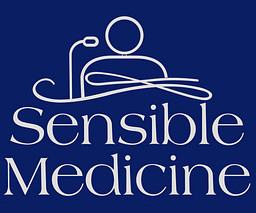
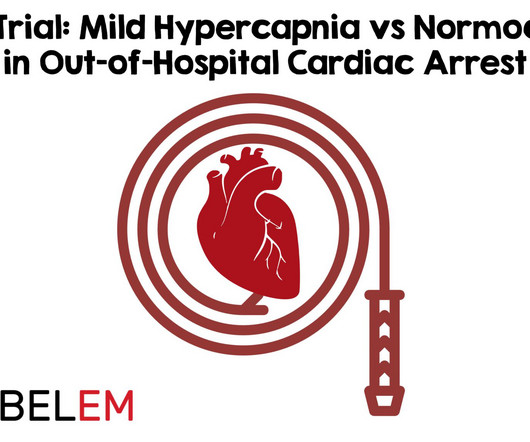
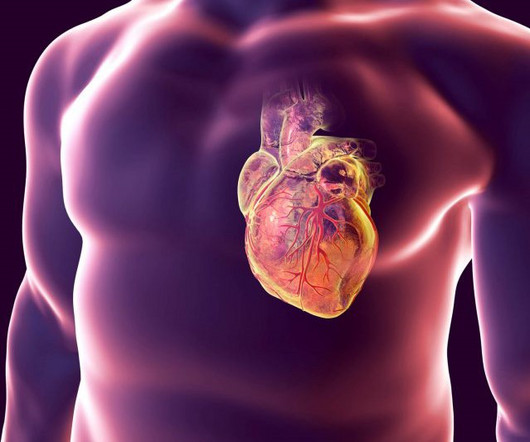




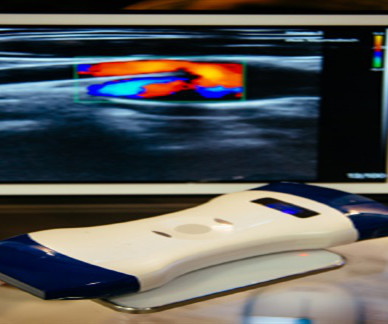
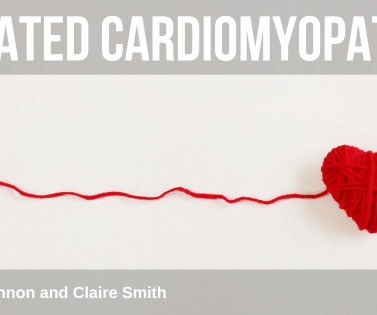
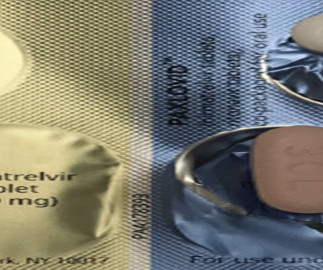
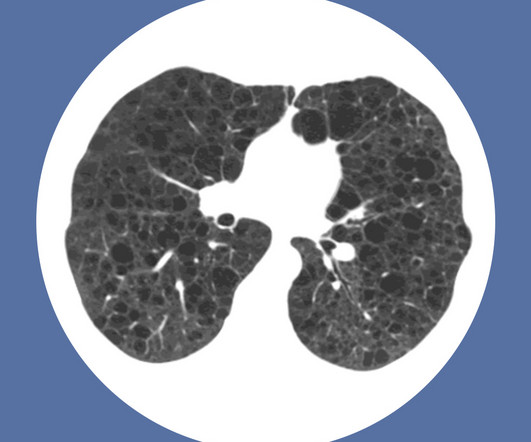






Let's personalize your content